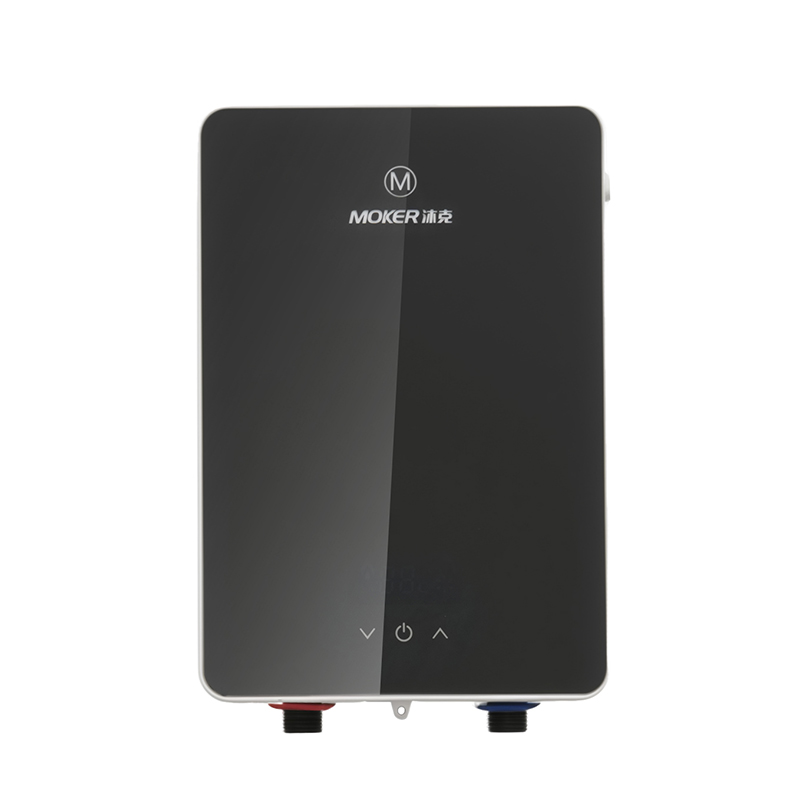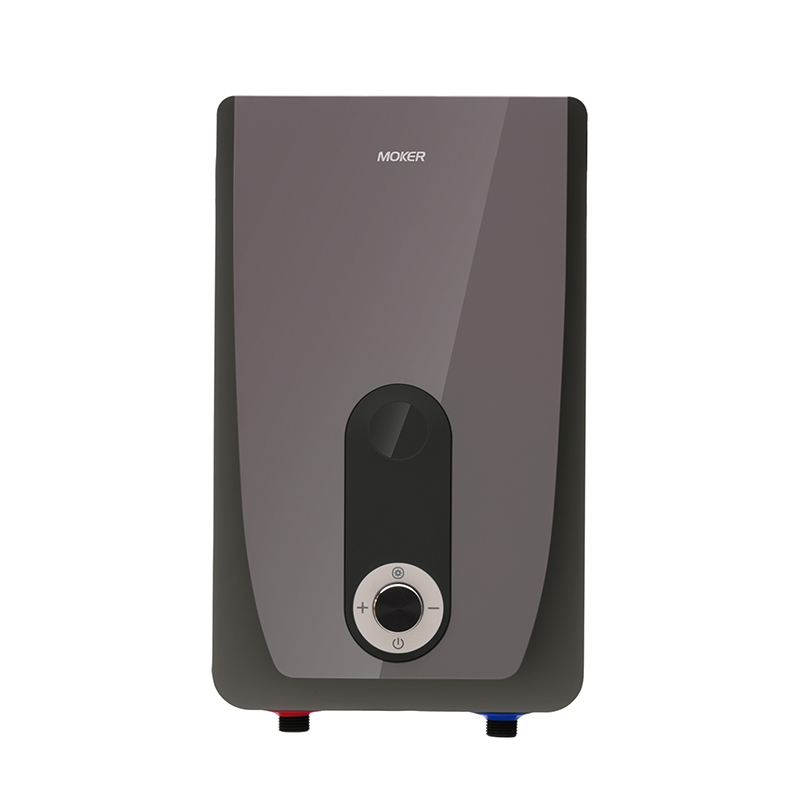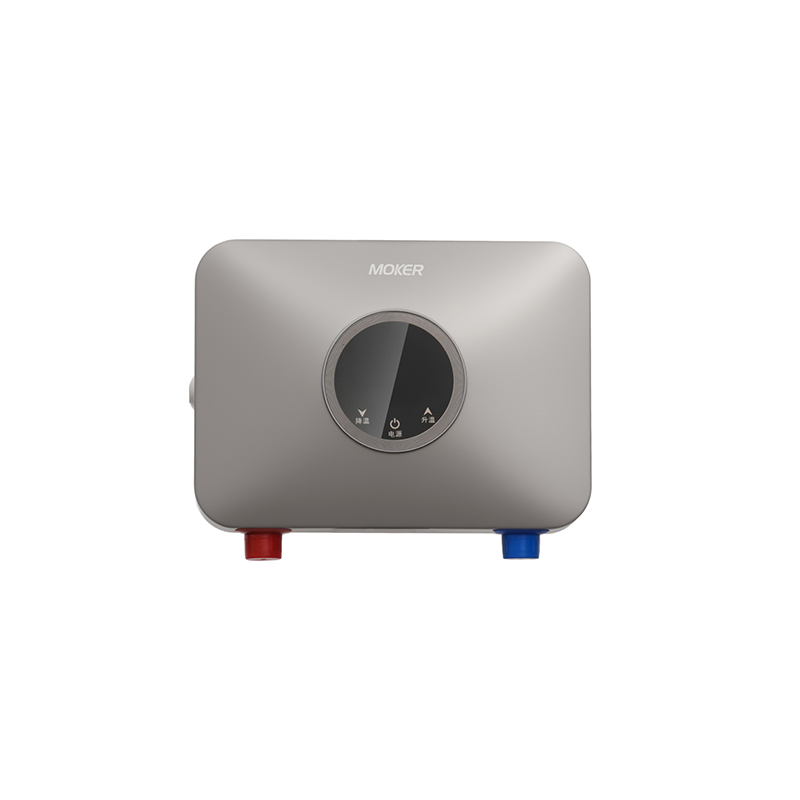Anti-Freeze and Startup Performance of Different Water Heaters in Low Temperatures
Anti-freeze and startup performance in low temperatures refers to water heater’s ability to prevent internal pipes/tanks from freezing (which causes cracking and leaks) and maintain normal startup/operation when ambient or inlet water temperatures drop to 0℃ or below. This performance is critical for cold-climate households, as poor low-temperature adaptability leads to costly repairs or prolonged hot water outages. Electric water heater, Tankless Water Heater, Instant water heater, electric tankless water heater, and instantaneous water heater electric each have distinct anti-freeze designs and startup traits, shaped by their structural components and heating mechanisms.
Electric water heater has moderate low-temperature performance, relying on insulation and auxiliary 防冻 measures. Electric water heater’s tank is wrapped in foam insulation (R-value 6–10), which slows heat loss but cannot prevent freezing if ambient temperatures stay below 0℃ for over 24 hours. To enhance anti-freeze, users must add external tank insulation blankets (boosting R-value to 15–20) and insulate inlet/outlet pipes with heat tape (set to 5–10℃). In startup, Electric water heater’s heating elements (1500–5500 watts) can handle cold inlet water (40–0℃) but require 20–30% more time to reach set temperatures (e.g., 120°F) compared to summer—this leads to longer waits for hot water but no startup failures. However, if Electric water heater’s tank freezes, the glass lining may crack, rendering the unit useless; thus, proactive insulation is mandatory in cold climates.
Tankless Water Heater has strong low-temperature performance with built-in 防冻 and reliable startup. Gas-powered Tankless Water Heater includes factory-installed 防冻 circuits: when temperatures drop to 2–4℃, a small electric heater activates to warm the heat exchanger and pipes, preventing freezing even in -10℃ ambient temperatures (with proper ventilation). Electric Tankless Water Heater uses self-regulating heating elements that maintain minimal heat (5–8℃) in pipes during cold spells, avoiding ice buildup. In startup, Tankless Water Heater’s modulated heating (gas burner or electric elements) adapts quickly to cold inlet water—gas models boost burner intensity, while electric models increase wattage—to deliver hot water in 3–5 seconds, with no performance delay compared to warmer months. The only limitation is extreme cold (-20℃ or below): Tankless Water Heater requires additional outdoor enclosures or indoor installation to avoid vent pipe freezing, which blocks exhaust flow.
Instant water heater has weak low-temperature performance, requiring heavy auxiliary protection. Instant water heater’s thin plastic casing and minimal insulation (R-value 2–4) offer no natural 防冻 —exposed pipes freeze within 8–12 hours at 0℃, and the compact heating chamber may crack if ice forms. Users must wrap Instant water heater in thick insulation sleeves and install pipe heat tape (high-wattage, 10–15 watts/foot) to prevent freezing. In startup, Instant water heater’s high-wattage elements (2–5 kW) struggle with inlet water below 10℃: the unit may take 5–8 seconds to deliver hot water (vs. 1–3 seconds in summer) and may cycle on/off repeatedly if water is too cold, leading to lukewarm output. For temperatures below -5℃, Instant water heater is impractical even with insulation, as frequent power outages (common in cold weather) increase freezing risk.
Electric tankless water heater has balanced low-temperature performance, combining built-in protection and efficiency. electric tankless water heater includes basic features: a low-wattage pipe heater (50–100 watts) that activates at 3–5℃ to keep water in the heat exchanger from freezing, and insulated copper pipes that reduce heat loss. In startup, electric tankless water heater’s modulated elements (3–7 kW) adjust power to cold inlet water—e.g., heating 0℃ water to 120°F requires full wattage, but the unit maintains 2–3 GPM flow rate with no startup delays. However, in temperatures below -10℃, electric tankless water heater needs external insulation (sleeves for the unit and pipes) to supplement built-in protection; without it, the heat exchanger may experience minor ice buildup, causing temporary flow reductions.
instantaneous water heater electric has poor low-temperature performance, with no practical capability. instantaneous water heater electric’s tiny size (palm-sized) and plastic construction provide no insulation—pipes and the micro-coil freeze within 4–6 hours at 0℃, and the circuit board may short if ice melts and drips onto components. Even with pipe heat tape, instantaneous water heater electric’s micro-chamber (0.1–0.3 inches) is prone to ice blockages, which damage the heating coil when power is restored. In startup, instantaneous water heater electric fails to activate if inlet water is below 5℃: the flow sensor detects ice and shuts down the unit to prevent damage. For cold climates (-5℃ or below), instantaneous water heater electric is unusable, as even indoor installation (near heaters) cannot guarantee consistent protection from occasional temperature dips.
Low-temperature performance aligns with water heater’s insulation and built-in 防冻: Tankless Water Heater and electric tankless water heater handle cold best; Electric water heater works with extra insulation; Instant water heater and instantaneous water heater electric are unsuitable for harsh cold. Choosing a water heater based on local winter temperatures ensures no freezing damage or startup failures, keeping hot water accessible even in the coldest months.





